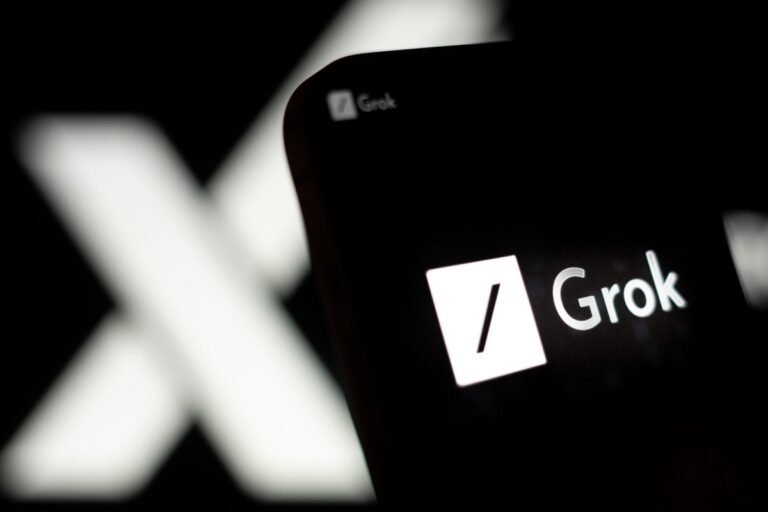
Elon Musk’s xAI has open-sourced the base code of Grok AI model, but without any training code.
In a blog post, xAI said that the model wasn’t tuned for any particular application such as using it for conversations.
Last week, Musk noted on X that xAI intended to open-source the Grok model this week.
Some AI-powered tool makers are already talking about using Grok in their solutions.
Yep, thanks to @elonmusk and xAI team for open-sourcing the base model for Grok.
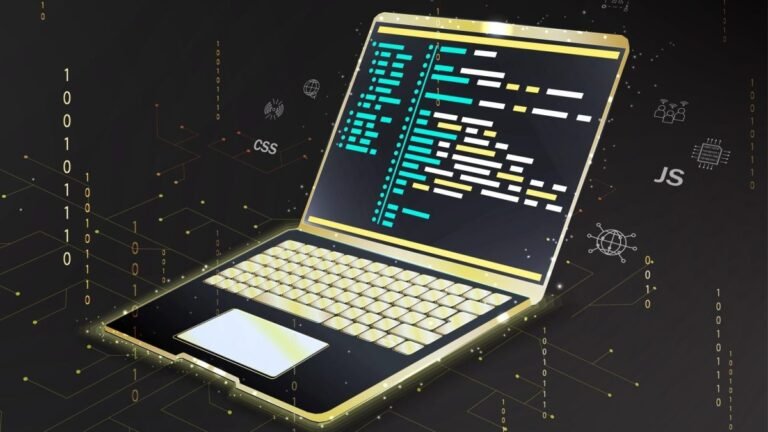
Continuous profiling reared its head in a 2010 Google research paper called: Google-Wide Profiling: A Continuous Profiling Infrastructure for Data Centers.
Polar Signals is the main developer behind Parca, a continuous profiling open source project which systematically tracks CPU and memory usage, creating profiles of this data to be queried over time.
“Our mission is to make the world’s datacenters ten times as efficient as they are today,” Polar Signals’ founder and CEO Frederic Branczyk told TechCrunch.
While cutting costs is one of the main benefits that Polar Signals promises, there are other benefits to the technology too — such as incident response efforts around a DDoS attack, for example, as Polar Signals can provide insights on the attack’s impact and identify which parts of a system are under stress.
At the time of writing, Polar Signals claims 11employees with experience at companies including AWS, Meta, Red Hat, and HashiCorp.

Code suggests that TikTok could be building an app for photosAfter rivaling music streaming platforms like Spotify and Apple music with TikTok Music, ByteDance might be looking at creating an Instagram competitor named TikTok Photos, code found in the TikTok app suggests.
As spotted by The SpAndroid blog, TikTok’s APK file — an installable file format for Android — contains references and icons to a new app named TikTok Photos.
“Whether you’re a world traveler, food blogger, or simply enjoy sharing what’s going on in your life, TikTok Photos is our all-new photo-sharing platform dedicated to helping creators like you reach other like-minded people,” the description reads.
“TikTok Photos is our all-new photo-sharing platform where we’ve made it easier to enjoy and discover photo posts.”The APK also has a representative icon of the potential TikTok Photos service in old TikTok colors.
Through this update, users could already add photo posts to the network, but the company could be working on a separate platform to make photos stand out.
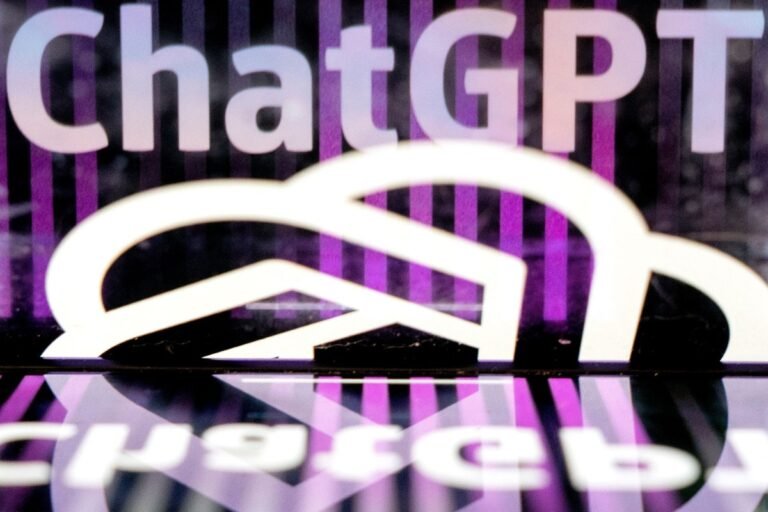
Welcome to Startups Weekly — your weekly recap of everything you can’t miss from the world of startups.
Use AI to sift through self-published stories on their app, pick the ones that scream potential, and then tweak them into bestsellers.
Money for photos: Photoroom, a Paris-based AI photo-editing app, has successfully closed its latest funding round, securing $43 million at a $500 million valuation.
Money for AI: Mistral AI announced a significant development in its journey with the unveiling of a new large language model named Mistral Large, aimed at competing with giants like OpenAI’s GPT-4.
Apple pours more resources into AI: Apple CEO Tim Cook is promising that Apple will “break new ground” on GenAI this year.
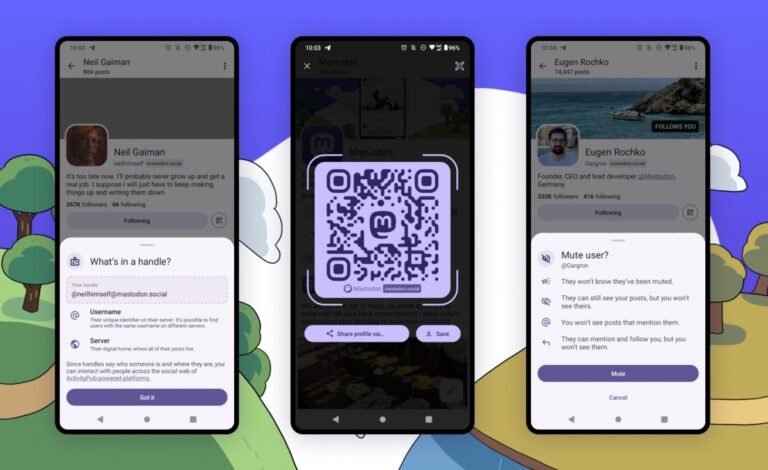
Decentralized social network Mastodon has updated its official app for Android to let users easily share their profiles with QR Codes.
To share the QR code, users can go to their profile tab and tap the QR icon next to their name to get a code related to the profile others can scan.
Mastodon has also updated prompts for blocking and muting to explain the effects of taking those actions on a profile.
Users trying out Mastodon have complained about the complicated nature of having different servers on the ActivityPub network.
The company will have to work on making it easier for users to understand and navigate the decentralized social world.

Like most other code generators, StarCoder 2 can suggest ways to complete unfinished lines of code as well as summarize and retrieve snippets of code when asked in natural language.
Trained with 4x more data than the original StarCoder, StarCoder 2 delivers what Hugging Face, ServiceNow and Nvidia characterize as “significantly” improved performance at lower costs to operate.
Setting all this aside for a moment, is StarCoder 2 really superior to the other code generators out there — free or paid?
As with the original StarCoder, StarCoder 2’s training data is available for developers to fork, reproduce or audit as they please.
Hugging Face, which offers model implementation consulting plans, is providing hosted versions of the StarCoder 2 models on its platform.

WhatsApp said today it is rolling out a number of new formatting options on the app, including bulleted lists, numbered lists, block quotes, and inline code.
Numbered lists: You can create a numbered list by typing a digit followed by a period and a space.
“ Block quotes: To insert block quotes to highlight certain text by typing “>” and then a space.
WhatsApp already has basic text formatting options such as Bold, Italic, Strikethrough, and Monospace.
It is possible that these formatting options would also help the AI-powered bots to show responses neatly.

Mercedes-Benz accidentally exposed a trove of internal data after leaving a private key online that gave “unrestricted access” to the company’s source code, according to the security research firm that discovered it.
The London-based cybersecurity company said it discovered a Mercedes employee’s authentication token in a public GitHub repository during a routine internet scan in January.
According to Mittal, this token — an alternative to using a password for authenticating to GitHub — could grant anyone full access to Mercedes’s GitHub Enterprise Server, thus allowing the download of the company’s private source code repositories.
“The GitHub token gave ‘unrestricted’ and ‘unmonitored’ access to the entire source code hosted at the internal GitHub Enterprise Server,” Mittal explained in a report shared by TechCrunch.
It’s not known if anyone else besides Mittal discovered the exposed key, which was published in late-September 2023.
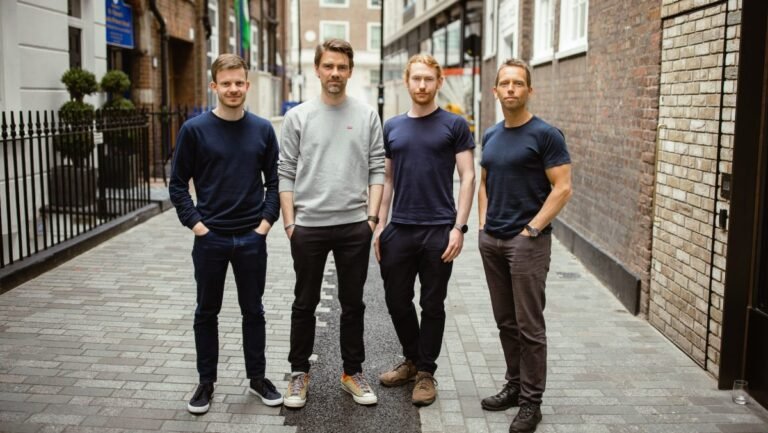
Silicon Valley venture capital (VC) juggernaut Sequoia is backing a fledgling Danish startup to build a next-gen software composition analysis (SCA) tool, one that promises to help companies filter through the noise and identify vulnerabilities that are a genuine threat.
For context, most software contains at least some open source components, many of which are out-of-date and irregularly — if at all — maintained.
In turn, this is leading to an array of fresh regulation, designed to strong-arm businesses into running a tighter software supply chain.
The problem is, with millions of components permeating the software supply chain, it’s not always easy to know whether a given application is using a particular component.
And this is where Danish cybersecurity startup Coana is setting out to make a difference, using “code aware” SCA to help its users separate out irrelevant alerts and focus only on those that matter.
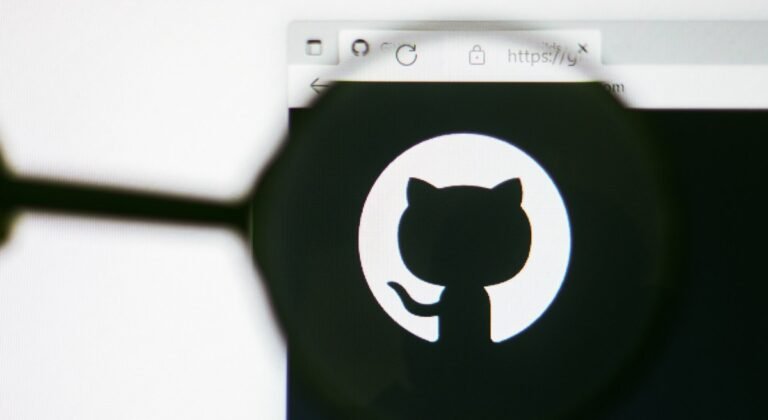
Earlier this year, GitHub rolled out Copilot Chat, a ChatGPT-like programming-centric chatbot, for organizations subscribed to Copilot for Business.
Copilot Chat more recently came to individual Copilot customers — those paying $10 per month — in beta.
“And code complete was just the beginning.”Little else about Copilot Chat has changed since the beta.
Developers can prompt Copilot Chat in natural language to get real-time guidance, for example asking Copilot Chat to explain concepts, detect vulnerabilities or write unit tests.
Like all generative AI models, the model underpinning Copilot Chat, GPT-4, was trained on publicly available data — some of which is copyrighted or under a restrictive license.













